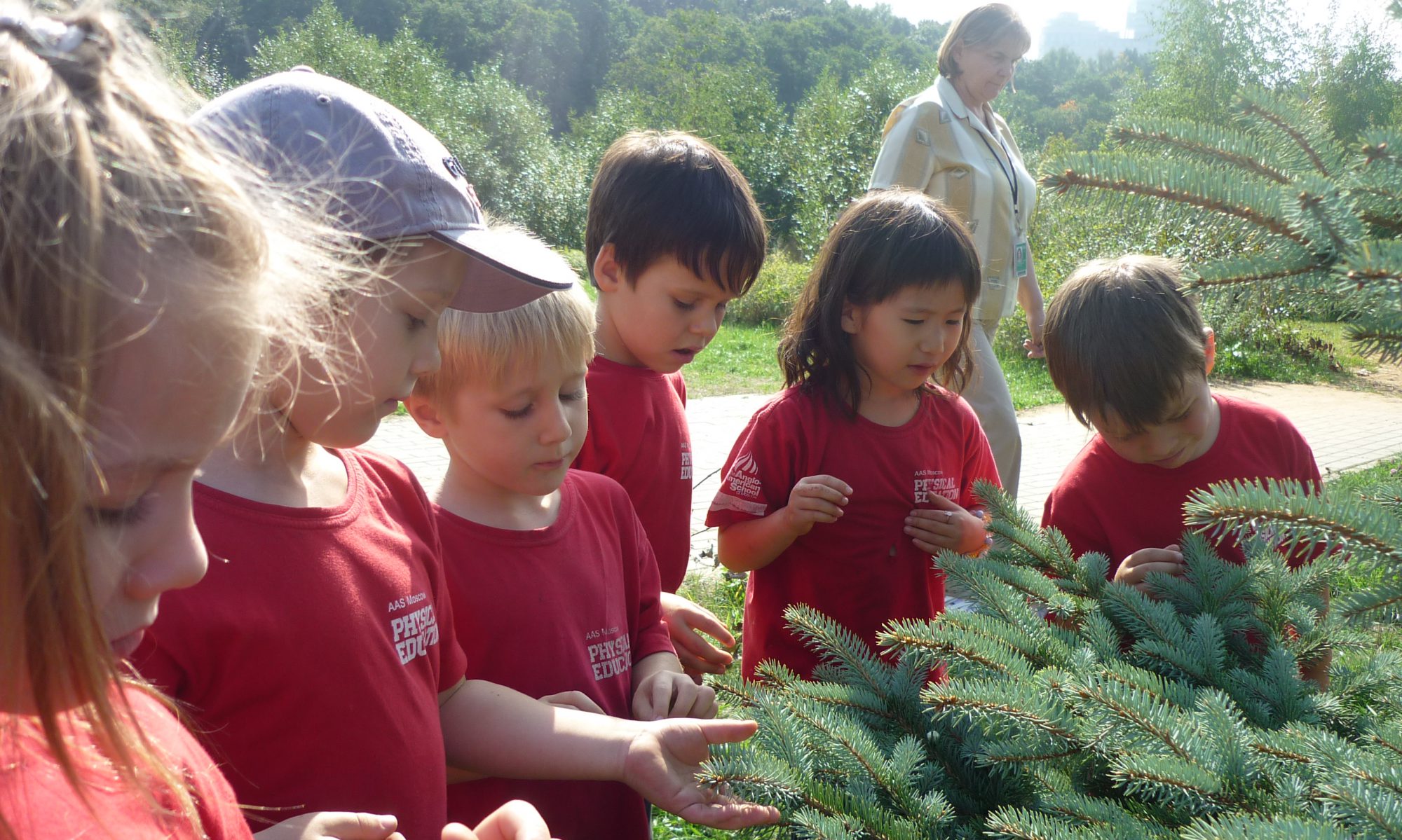After our discussion on cycle. We continued our learning on seasons. We went on a forest walk to observe and explore our environment. Here are some of our noticing…
The trees:
Tomasz: “the wire is around the bottom of trees so that the beavers don’t eat them. It is to protect the trees.’
Alex: “The tree is broken because it has tipped over.”
Tomasz does not agree: “It is still growing because there are  some green leaves on it.”
some green leaves on it.”
Some of the students agree with Tomasz and some don’t. They all agree that they need to do some more observations.
We looked at the difference between small trees and big trees and agreed that the big trees were older.
Gabi: “This tree may be 100 years old!”
Safia:“There is also a wire cage on it to stop the beavers eating it.”
The mushrooms:
 Nick: “the mushrooms are growing out of the tree, but it is not safe to eat. You cannot eat it.”
Nick: “the mushrooms are growing out of the tree, but it is not safe to eat. You cannot eat it.”
Soeun: “There are two mushrooms!”
Veronika: “There are 2 mushrooms because it’s a big place so enough room for 2.”
Tomasz: “I saw a big, huge mushroom at the forest in Poland.” He thinks if we look carefully we may find one as big in our forest.
We noticed the mushrooms in the tree but also that there were some smaller mushrooms  on the floor of the forest.
on the floor of the forest.
Nick: “They have leaves around them.”
Alexandra: “The mushrooms are brown and smaller than the ones in the tree.”
Altai: “The leaves are over them so they don’t get wet if it rains.”
Mrs. Zurfluh: “Do mushrooms need rain or water?”
Nick: “Mushrooms need rain because everything dies if there is no rain.”
Alexandra: If no rain and the mushrooms would die.”
The bird house. This caused a lot of discussion with the students.
 Alex: “Birds live in it.”
Alex: “Birds live in it.”
Gabi: “Birds live in trees so why do they need to go to a bird house?”
Tim agreed with Gabi.
Altai: “Because it’s cozy and looks like a house.”
Amie: “Because there is food in the bird house.”
Alex: “Yes, people put food in the house in case there is no food for the birds in the trees.”
Tomasz: “It’s a small house, only small birds can go into it.”
Julia: “Only a few birds will be able to eat at one time.”
The beavers den.
Nick: “There are flowers growing around the beavers’ den.”
Alexandra: “Flowers also grow on the grass.”
Alex: “They also grow on the ground.”
Mrs. Zurfluh: “Do you think beavers like flowers?”
Nick: “Beavers like trees and bees like flowers!” Alexandra: “Bees get nectar from the flowers.”
Safir:“Butterflies also like flowers.”
We are still wondering and trying to find out whether beavers like flower.
Many ducks live in our forest.
 Gabi: “I saw 17 ducks.”
Gabi: “I saw 17 ducks.”
Alexandra: “Ducks quack!”
Nick: “Ducks like bread.”
Julia: “Ducks like to swim.”
Mrs Zurfluh: “Ducks also stick their heads under water, I wonder why?”
“To find food.”
Amie: “One Duck made a big splash when it landed on water.”
Alex: “Ducks can fly and they can swim.”
Veronika: “Ducks can swim really fast!”
On our way to the forest Alex noticed how green the forest looked. He wondered – ‘if the forest is always green or if it changes.’ We decided to take a photo of Alex in front of the forest and then next time we go back to see if we notice any changes.
We took a photo of KZE on the bridge. The boys were  especially interested in the structure of the bridge! Nick and Tim were sure that boats would not be able to go under the bridge but Nick had a good solution!
especially interested in the structure of the bridge! Nick and Tim were sure that boats would not be able to go under the bridge but Nick had a good solution!
Nick: “Boats cannot but submarines can!”
Gabi: “AND paper boats!”
Altai: “AND remote control boats!
We will go back to the forest soon. We are wondering what we will see next time…











